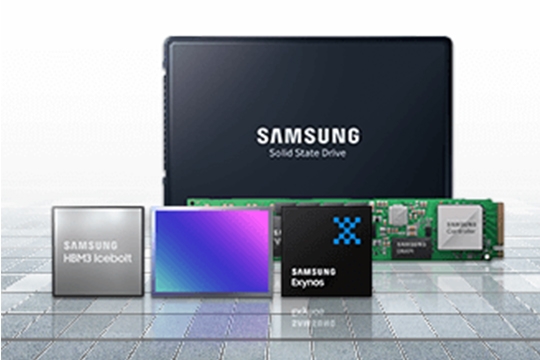The Results:
Consumer Technology Enhances Patient Experience
With the new smart programmer, patients can now manage their InterStim™ implant using a familiar device. The smart programmer allows patients to adjust their therapy in front of others without drawing attention to the fact that they have a pelvic health condition, because it looks like a smartphone. The technology has now been adopted by new InterStim™ patients in the United States and Europe, providing a more user-friendly face to the therapy and putting control into the hands of patients.
Adoption of the Samsung Galaxy smartphone as the platform for the smart programmer within the InterStim™ system was quick. “It took us roughly six months from launch to bring the smart programmer to nearly all our customer accounts,” reports Hanson. “Now new patients in the United States and most of Europe automatically receive the Samsung mobile device as part of the therapy system.”
In many ways, the Samsung smartphone has become the face of the InterStim™ therapy for patients, says Willenbring. “The patient knows the implant is there under their skin, but what they will see, day in and day out for literally years, is the Medtronic application user interface on that Samsung mobile device they hold in their hand,” he says.
Security was a critical consideration in designing the smart programmer. With defense-grade Samsung Knox security built in right down to the chip and a set of secure APIs to leverage, the device, application and patient data are highly protected.
The smart programmer allow patients to adjust their therapy in front of others without drawing attention to the fact that they have a pelvic health condition. Devices are user-friendly, and the smart programmer puts control into the hands of users.
An added benefit of using the My Therapy application on the Samsung smartphone is the ability to track patient behavior and interaction with the implanted device. Charts and graphs help patients and clinicians visualize when the program is on and active, and for how long. Logs show changes in stimulation programs and which programs were used most. Medtronic has opportunities to use that information in the future as it explores a Digital Health program to improve therapies offered and provide patients with more direction for managing their conditions. “Patients tend to normalize the effect of therapy and the resulting improvements. These graphs and charts make the treatment more tangible, helping patients connect the therapy to its impact on their lives,” Hanson explains.


















